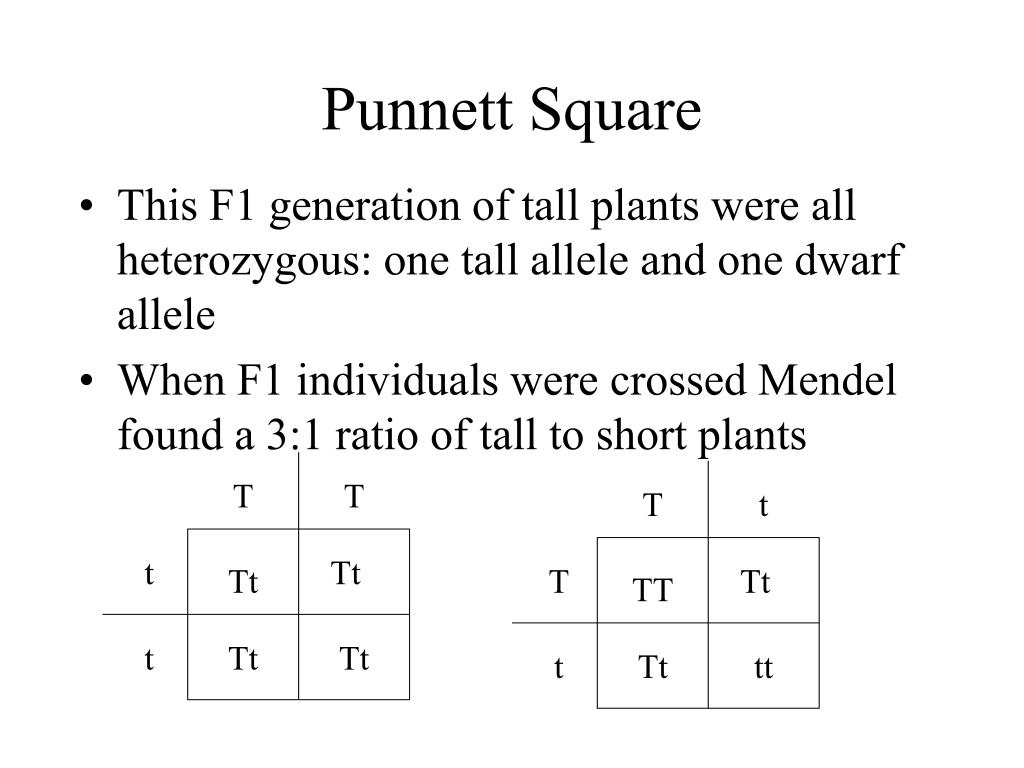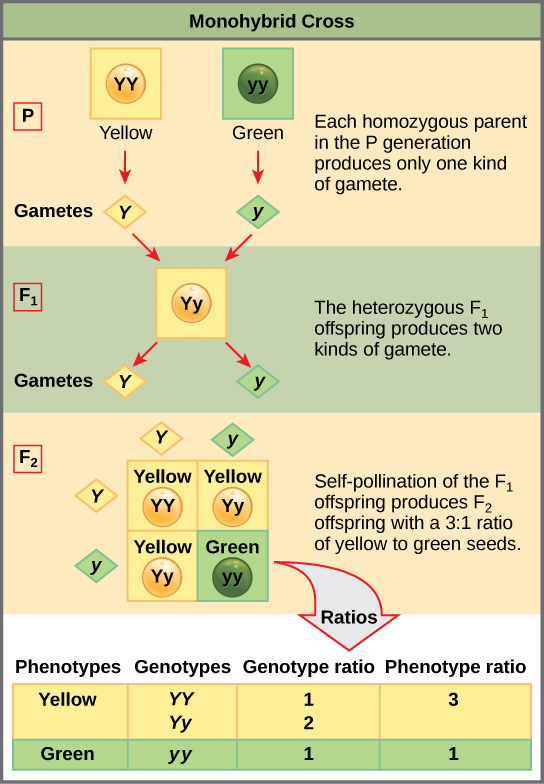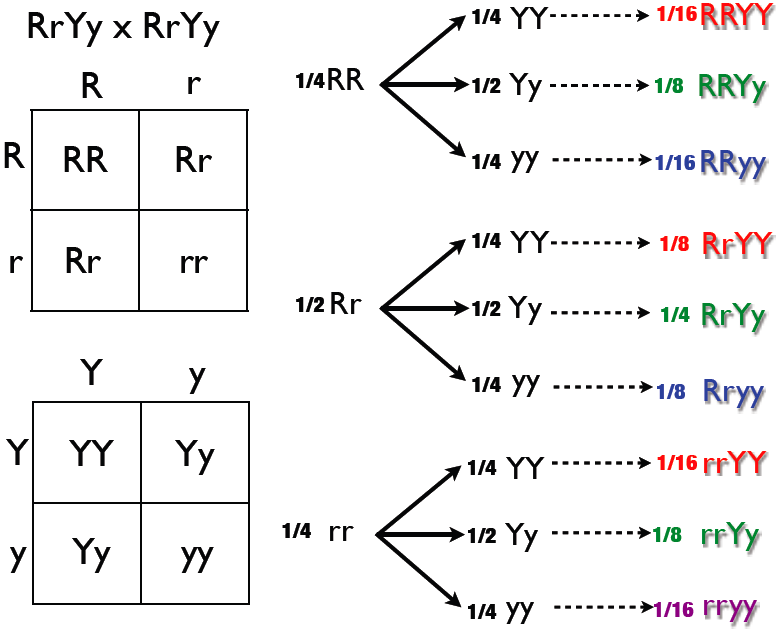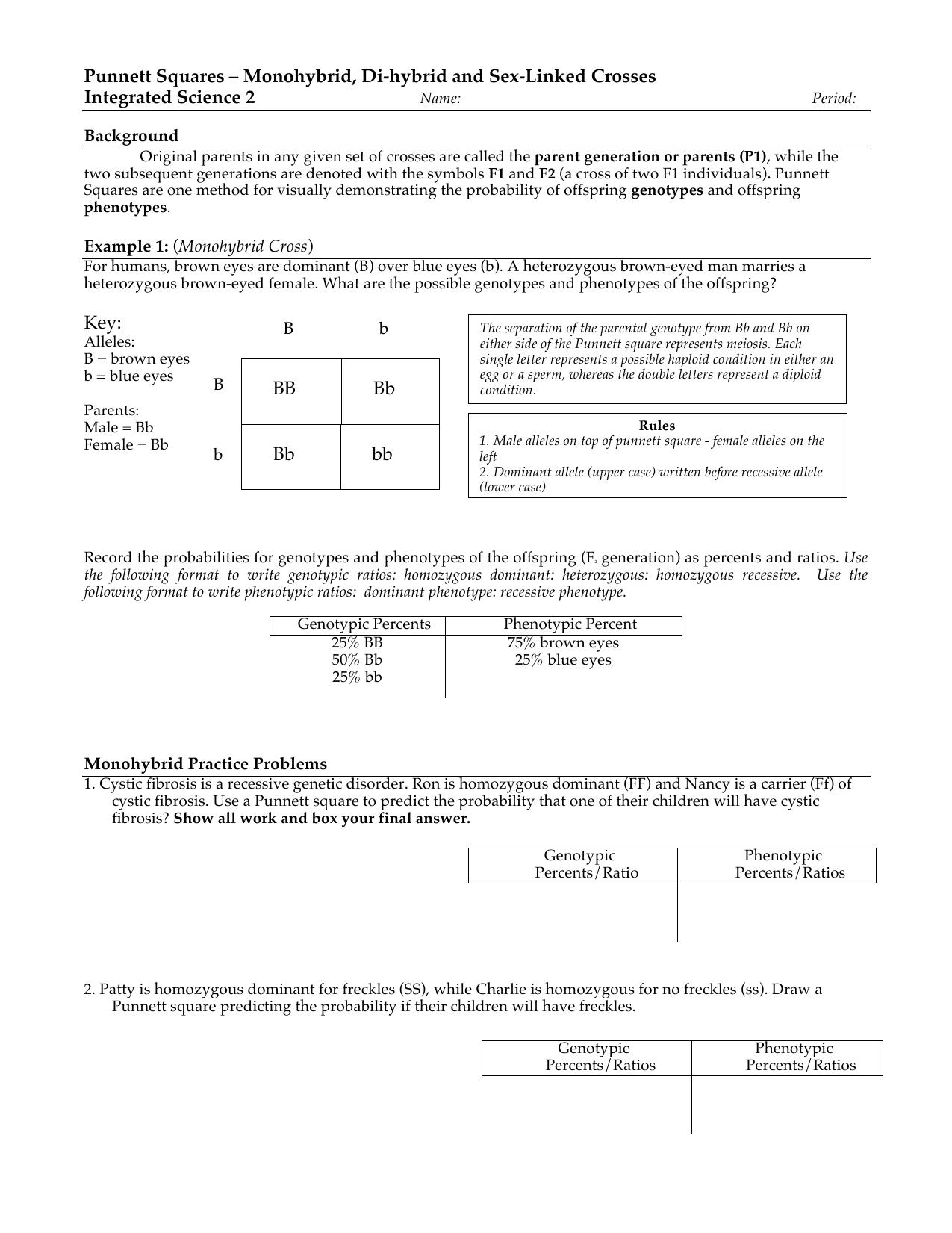F1 Punnett Square
Tt or tt phenotype.
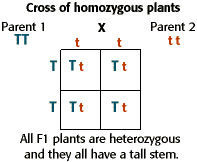
F1 punnett square. So what is punnett square. Punnett square crosses are based on meiosis a biological process where parents pass on alleles to sex cells which they later transmit to their offspring. Each parent has two alleles for a trait and passes one along to its offspring. In order to do this you will also have to understand the meaning of the terms below.
Reginald crundall punnett a mathematician came up with these in 1905 long after mendels experiments. The physical characteristics of the particular trait. Punnett in 1906 to visualize all the possible combinations of different types of gametes in particular crosses or breeding experiments each gamete is combination of one maternal allele with one paternal allele for each gene being studied in the cross. Punnett squares p1 f1 f2 generation question.
Above the second punnett square shows the cross between the peas of the f1 generation. A punnett square for a tetrahybrid cross contains 256 boxes with 16 phenotypes and 81 genotypes. Creating a punnett square requires knowledge of the genetic composition of the parents. Geneticists write the alleles that each parent can contribute to the offspring along the sides of the square.
Punnett square is a graphical method proposed by the british geneticist r. A punnett square is a graphical representation of the possible genotypes of an offspring arising from a particular cross or breeding event. Punnett square cheat sheet below is a sampling of punnett square problems that you will be expected to solve. A tool called a punnett square helps geneticists predict what kinds of offspring might result from a particular genetic cross.
If black fur color is controlled by a dominant allele b and brown by its recessive allele b give the genotypes of the parents and offspring of a cross of a black male with a brown female that produces 12 black offspring and 12 brown offspring. This screencast explains punnett squares p f1 f2 generations. Punnett squares punnett squares are a useful tool for predicting what the offspring will look like when mating plants or animals. Given this complexity punnett squares are not the best method for calculating genotype and phenotype ratios for crosses involving more than one trait.
This information is transferred to the punnett square and the possible genotypes are extracted. This punnett square shows the expected phenotypes of the offspring which will have a 31 black to red ratio. Each individual in the f1 generation is heterozygous carrying one of each allele. Lets take a look at how punnet squares work using the yellow and green peas example from mendels garden experiments.


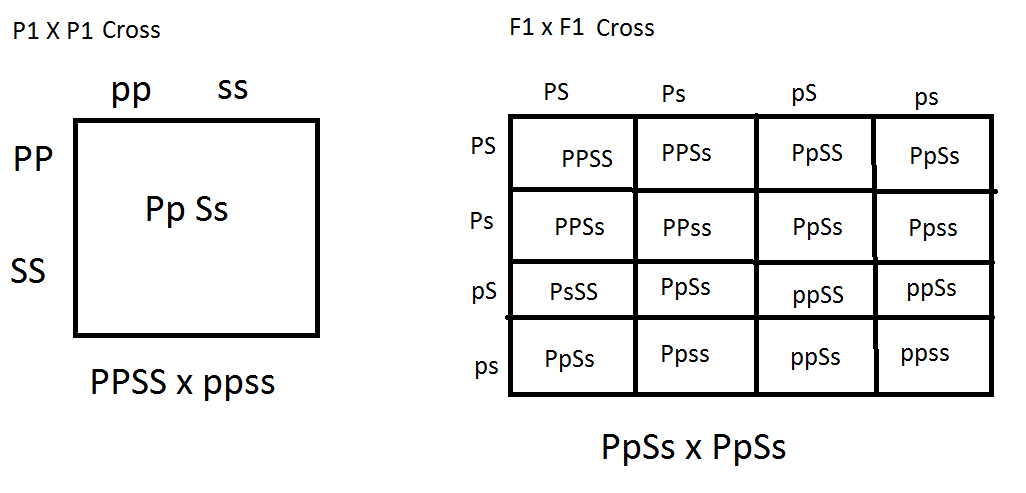

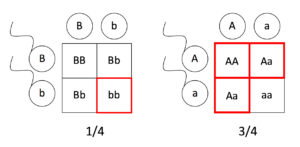



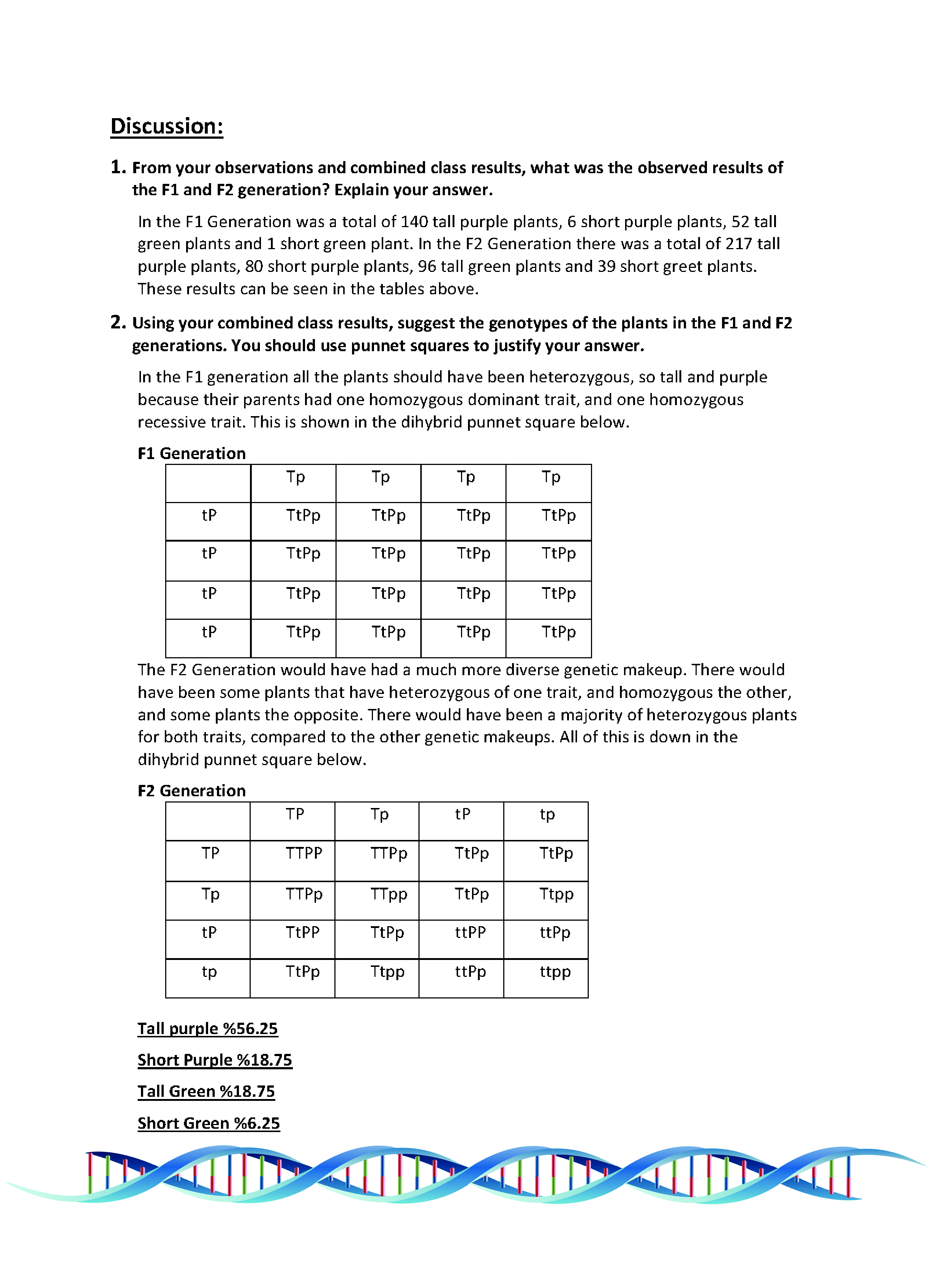





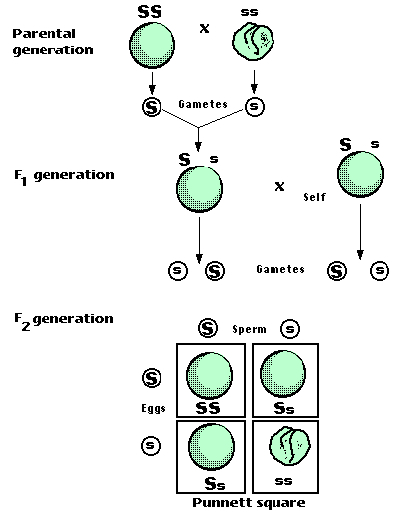




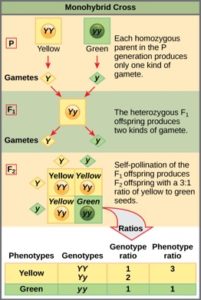



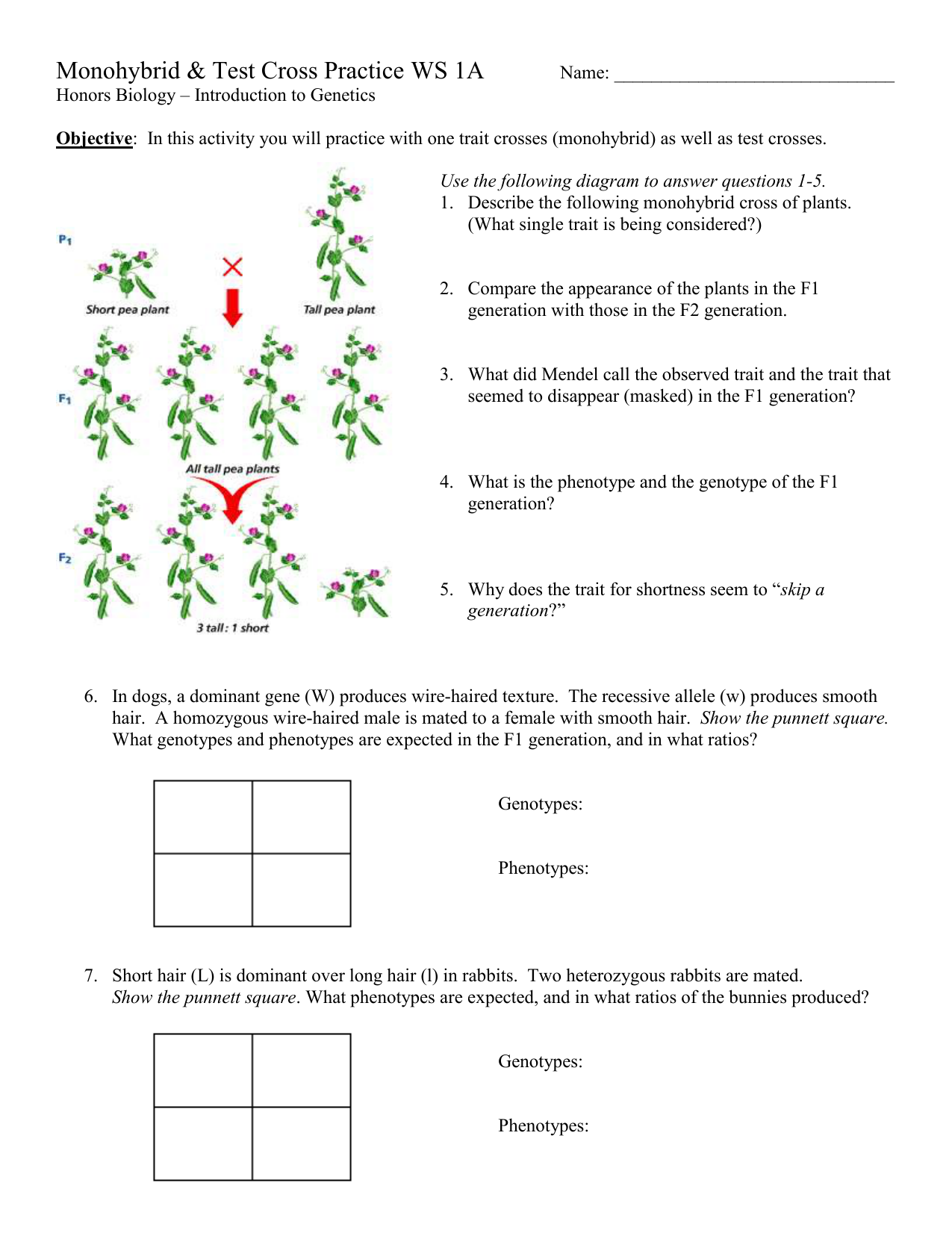



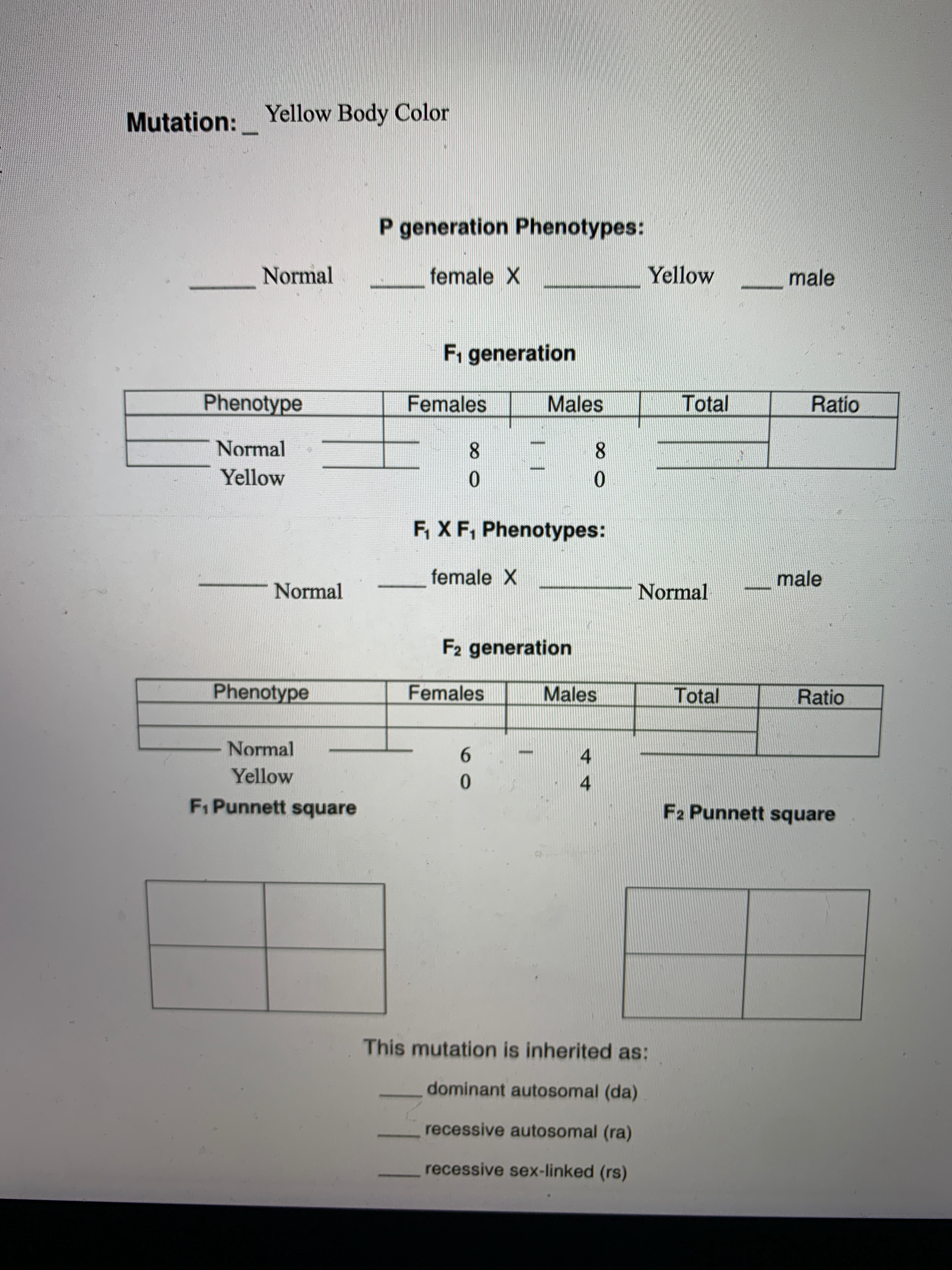


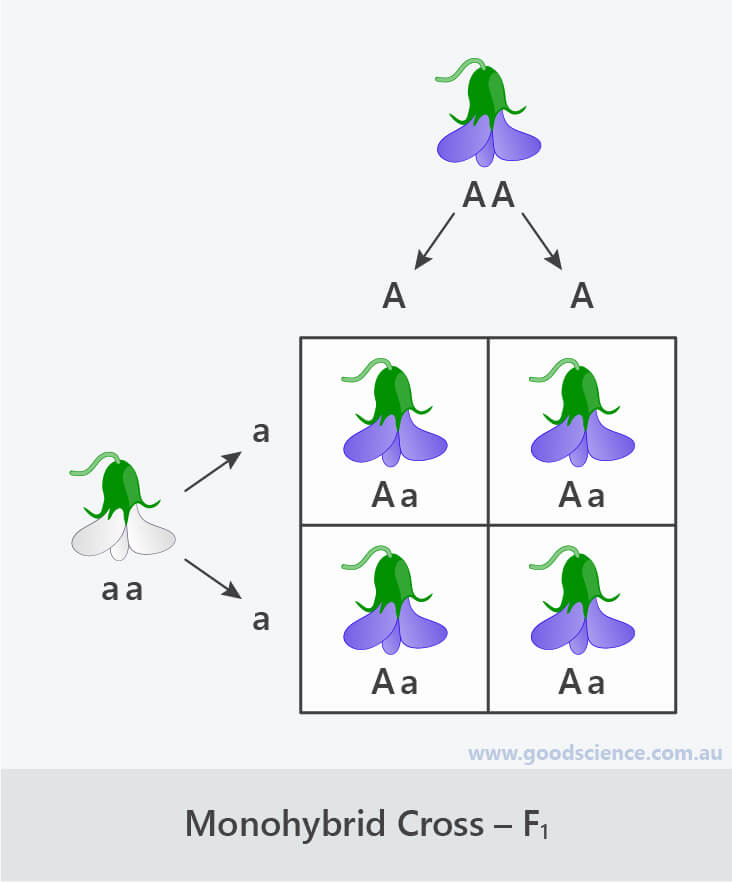


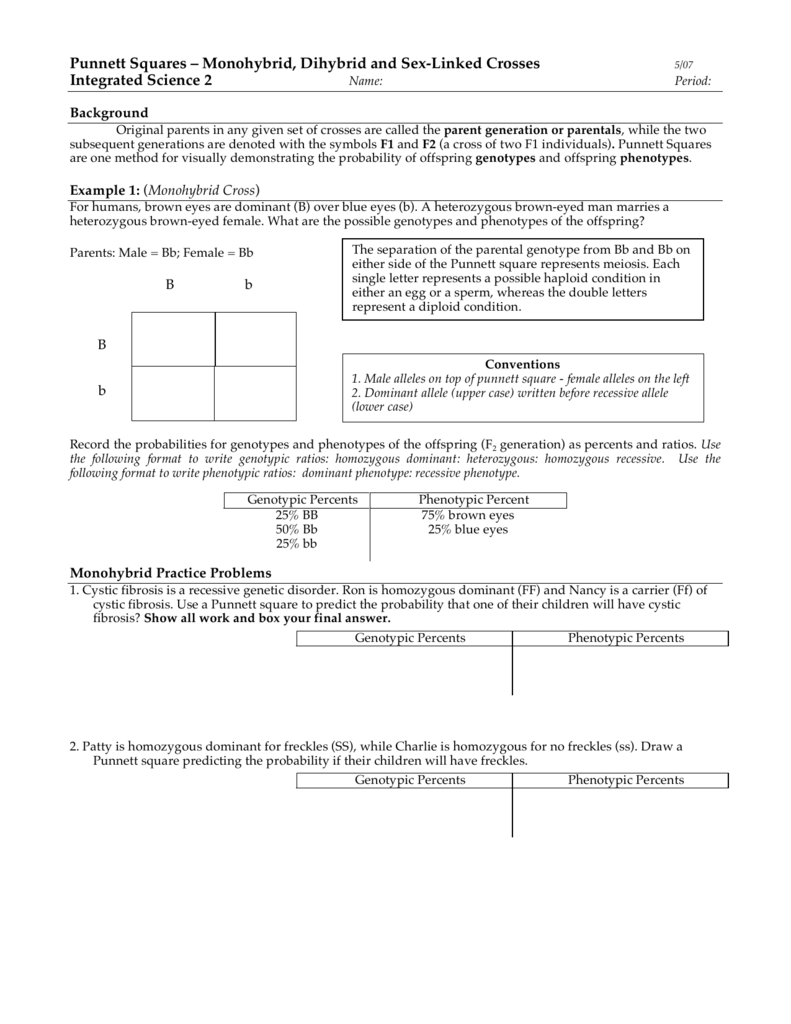








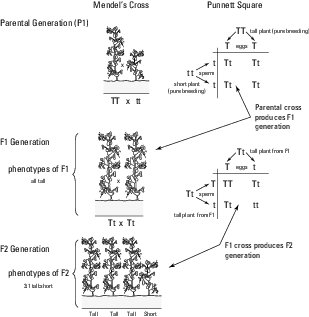

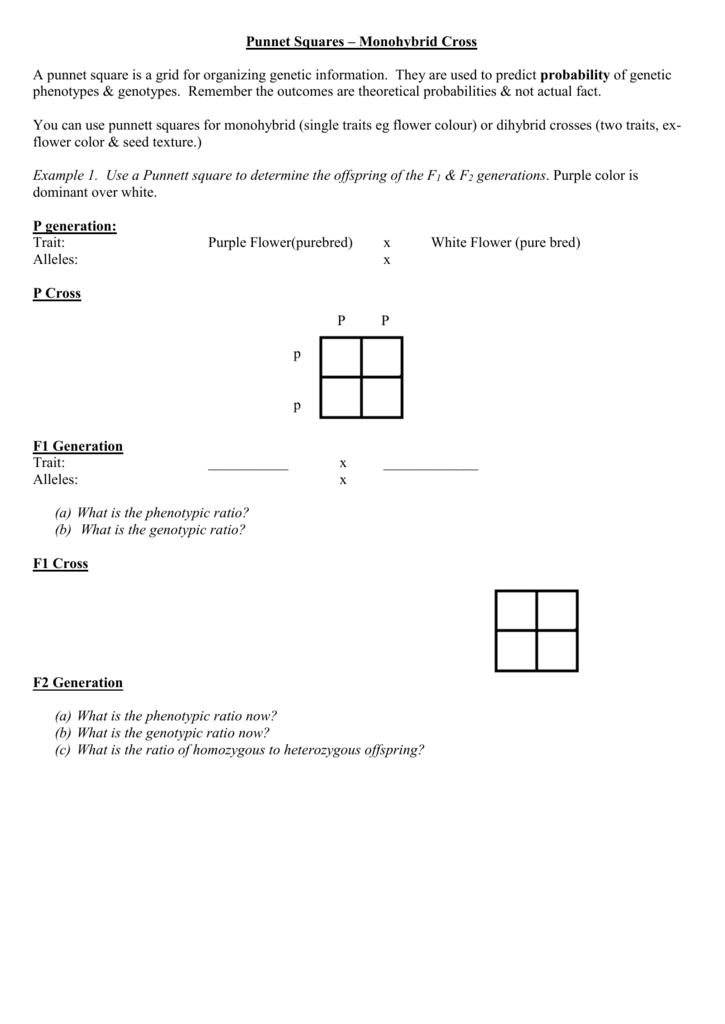


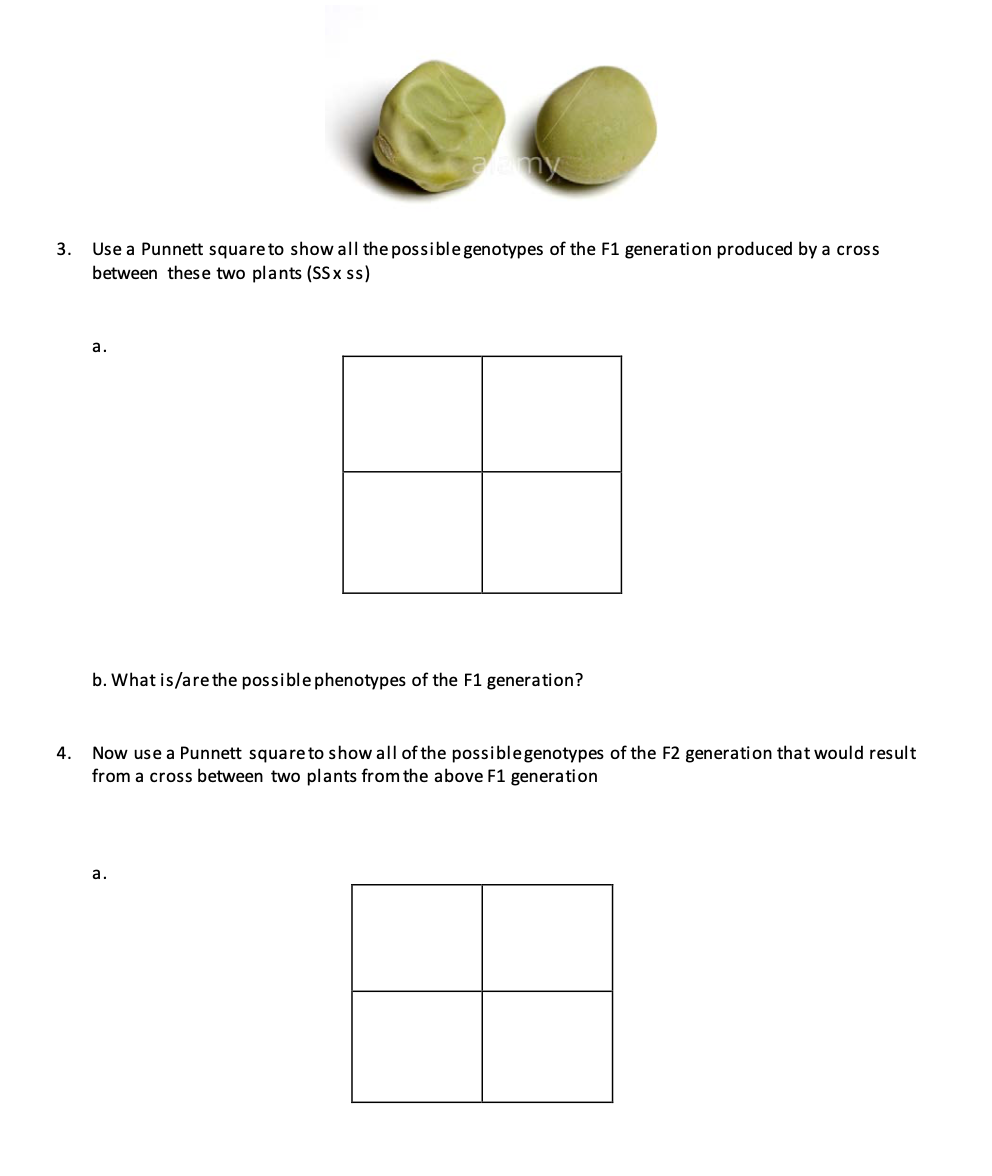




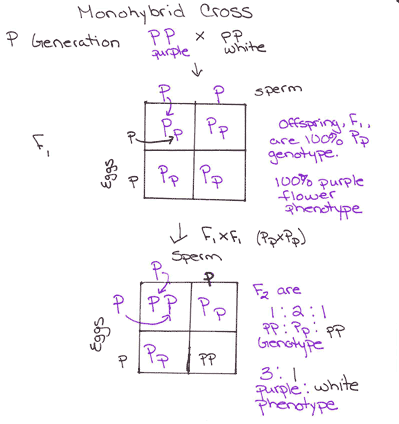









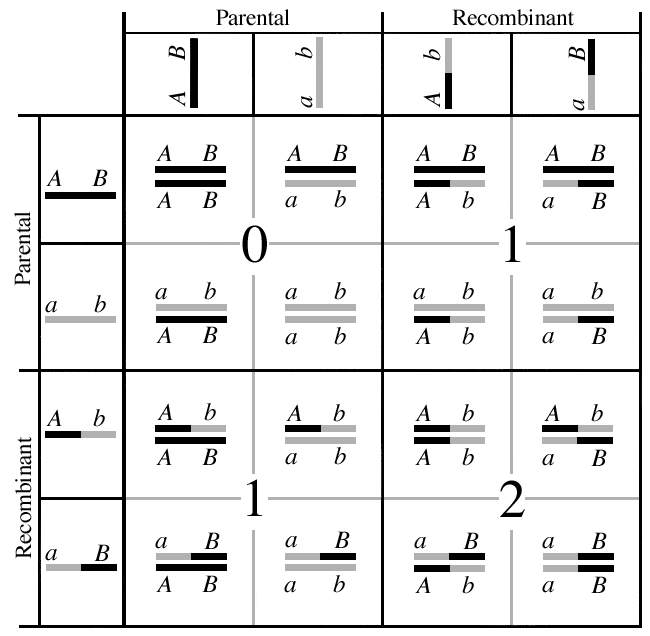
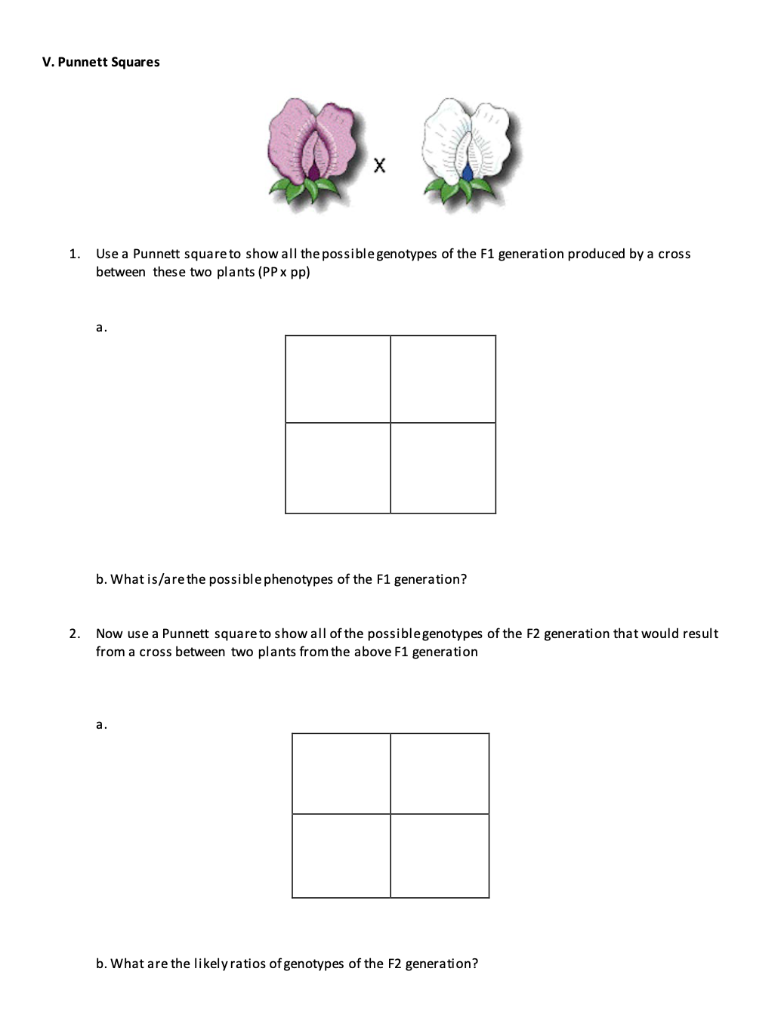


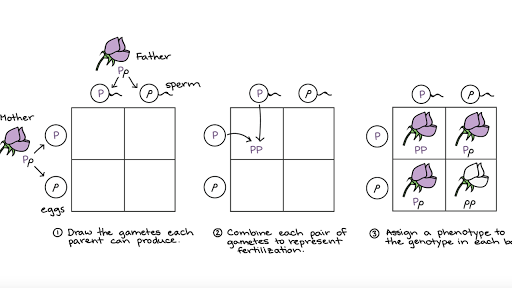
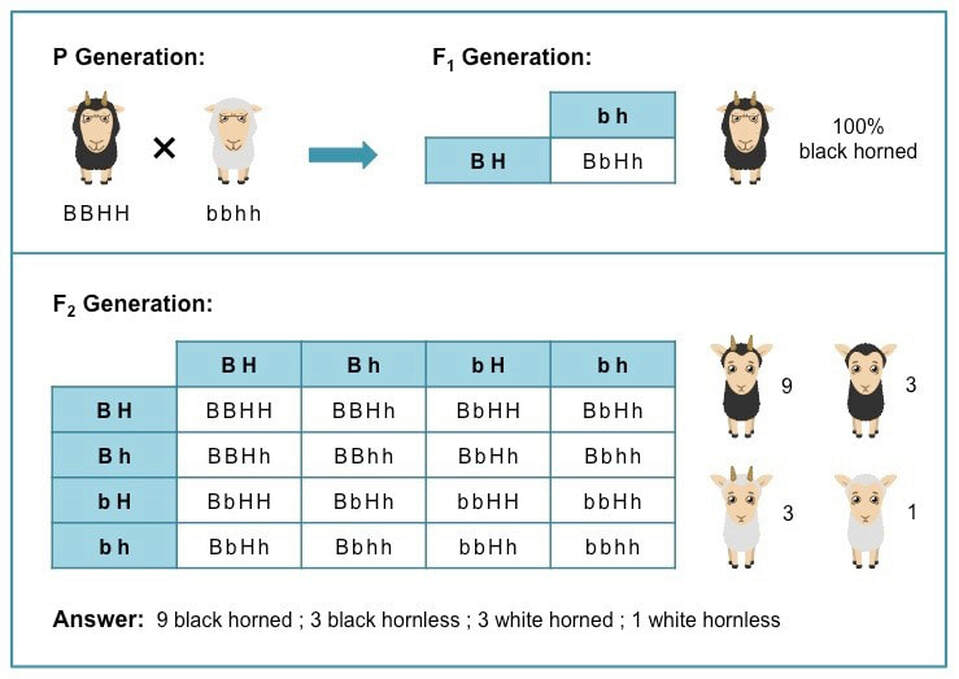

(39).jpg)


